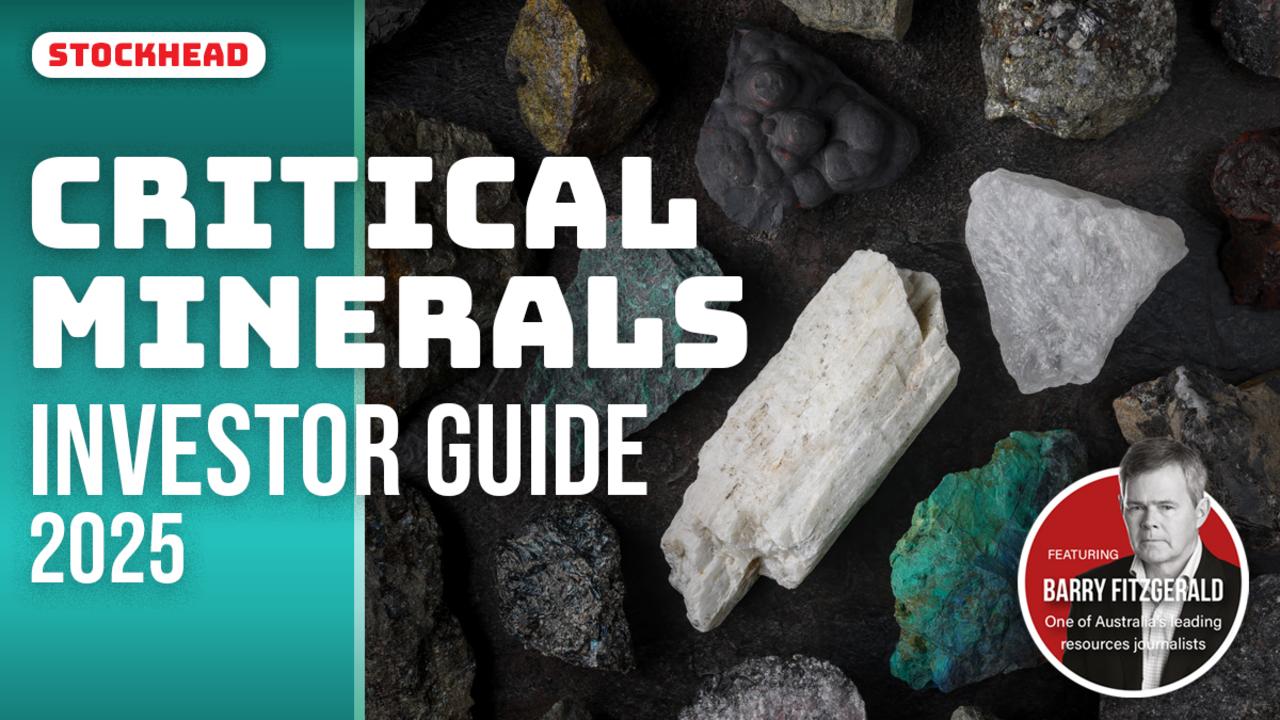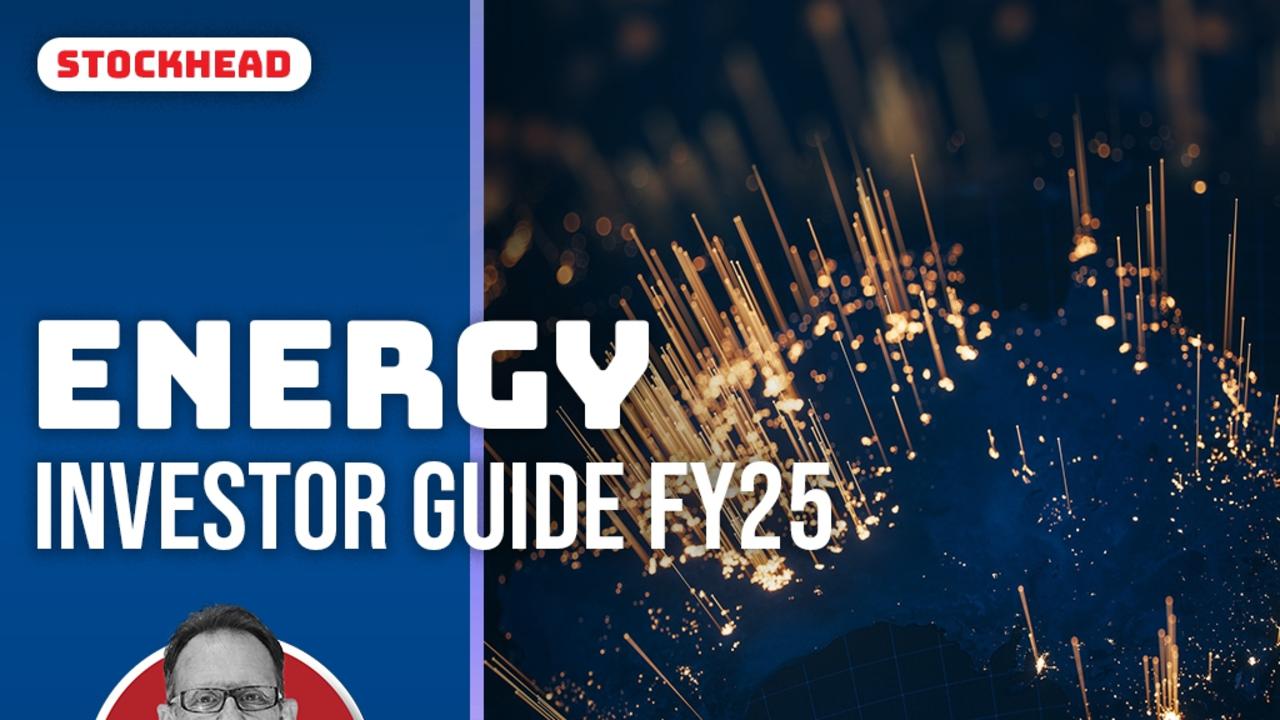Bulk Buys: FMG puts back first production for $US3.9bn Iron Bridge mine again
Fortescue Metals Group has signalled a minor delay to first production from its Iron Bridge development. But it believes the mine will be worth the wait.

Fortescue Metals Group has signalled a minor delay to first production from its Iron Bridge development. But it believes the mine will be worth the wait.
The 22Mtpa magnetite project is now expected to fire up in late April.
FMG’s enthusiasm is as strong as ever – because of the high-quality product Iron Bridge is set to deliver.
And the potential for it to be used – along with FMG-produced green hydrogen – to produce green steel is also causing excitement.
Andrew Forrest’s Fortescue (ASX:FMG)has for a long time been synonymous with the supply of low-grade iron ore from the Pilbara to China.
In fact, its emergence hinged on the theory – proven to be correct – that China’s urbanisation through the 2000s would create a dramatic ramp up in its steel output, requiring ores outside of the 62 per cent Fe benchmark grade to fill rapidly expanding order books from emerging steel producers.
For the latest mining news, sign up here for free Stockhead daily newsletters
In recent years Fortescue has shifted the needle, focusing both on growing its traditional hematite production rate, hitting a record 189Mt in 2022 and first half record of 96.2Mt in FY23, and on extending into higher-grade segments of the iron ore market.
Its big statement piece is the $US3.9 billion Iron Bridge magnetite mine in the Pilbara.
Once in full swing it will produce 22Mtpa, around 10 per cent or so of FMG’s total output in WA, at a grade of 67 per cent Fe.
But the process to get it off the ground has been long, expensive and complicated.
When Iron Bridge was approved in April 2019 it was supposed to cost $US2.6 billion and be open by mid-2022.
Along with 31 per cent partner Formosa Steel, still attached to the project, Chinese steel producer Baosteel also had a 12 per cent stake in Fortescue subsidiary FMG IB, owner of the majority 69 per cent stake in the mine.
Bandied as Australia’s largest JORC compliant magnetite resource, it has taken longer and been costlier to develop, playing a role in executive and COO Greg Lilleyman’s departure in early 2021.
First production had been reslated for this quarter with around 1Mt of its high-grade concentrate to depart Port Hedland this financial year ahead of its full ramp up.
But it was no surprise to see FMG advising production would be delayed to the second half of April.
MORE FROM STOCKHEAD: Liontown bid shows worth of Tier 1 assets | Everyone wants slice of Chalice's Julimar pie | Mining boss warns of copper crisis
Significant progress
Why is FMG so keen on a project that has proved so difficult in its execution?
There are changing winds in the global steel industry, which is responsible for around 8 per cent of the world’s CO2 emissions and 15 per cent of China’s.
Magnetite of the grade produced at Iron Bridge can be blended with lower grade ores to improve blast furnace efficiencies.
Unlike low and mid-grade fines and lump, the main products produced in the Pilbara, it is also suited to “green steel”.
Because it is high in grade and low in impurities, the concentrate can be used in the direct-reduced iron process, which could become low or emissions free if paired with green hydrogen (a product FMG wants to sell at a rate of millions of tonnes a year through its new Fortescue Future Industries green energy division).
WoodMac reckons we would need 750Mtpa of this type of iron ore supplied by 2050 to meet net zero targets in the steel industry.
Current supplies are around a fifth of that, with the Chinese run Sino Iron and Karara iron ore mines the only major operations in WA.
But new the product should generate significant premiums over the 62 per cent Fe Platts benchmark.
FMG said in a statement yesterday it “continues to make significant progress” amid the impact of the Pilbara’s seasonal summer wet on the site.
“Commissioning activities are well progressed on Dry Processing Line A and water commissioning of the Wet Plant is near completion,” the company said.
“The entire steel concentrate and return water pipelines have been welded and buried, and the Canning Basin raw water pipeline is complete and undergoing final testing.
“Water commissioning has commenced on Line A at the Concentrate Handling Facility at Port Hedland.”
Visit Stockhead, where ASX small caps are big deals
Cockatoo Island maiden resource for Pearl Gull
Now we shift from $63 billion FMG to the very, very small end of the iron ore market.
Pearl Gull Iron (ASX:PLG), a 2021 float, has announced a maiden inferred resource for its Cockatoo Island project.
Located in WA’s north, the project bears some similarities to the nearby Koolan Island, where Mt Gibson Iron (ASX:MGX) mines the highest-grade hematite ore in Australia.
PLG is exploring tenements outside the historic Seawall Pit, owned by another party, the main source of 45Mt of ultra high grade iron ore mined from 1951 to 2012.
PLG has now delivered a maiden inferred resource for its Magazine pit of 24.5Mt at 34.3 per cent Fe, a grade that would require beneficiation before sale in the international market.
Its Seawall and High-Wall hematite deposits at the Switch Pit could be more promising as straight crush-and-ship DSO prospects.
PLG has posted conceptual exploration targets of 0.38-6.6Mt at 66 per cent Fe for Seawall and 0.1-1.9Mt at 55-65 per cent Fe for the High-Wall hematite.
PLG shares have fallen almost 80 per cent since its 2021 float to 3.4c, but the $6 million market cap explorer will be hoping an improved iron ore market and exploration success can fuel a rerate.
“Following the IPO in 2021, and completion of the drilling program outlined in our prospectus, we are very pleased to announce an Inferred Mineral Resource at the Magazine deposit,” chairman Russell Clark said.
“Magazine has the potential to expand further and provides the opportunity to support a larger tonnage operation with beneficiation. The Exploration Target highlights the potential for significant high-grade mineralisation and provides continuing exploration potential.
“We have also confirmed the ability to reach international markets with a low CAPEX transshipping design which will underpin the ongoing resource development work.”
Iron ore prices in Singapore lifted 1.58 per cent to $US122.45/t on Tuesday, with consultancy MySteel reporting tight market fundamentals in China could support prices after an $US11 slide last week. That came as trading volumes fell to 152,758t in China from March 20-24 down from 169,563t the previous week.
“The country’s iron ore market fundamentals are being buoyed by the mills’ higher output of hot metal and their low stocks of ore, according to (a MySteel source),” MySteel’s Lea Li reported.
“Consequently, they will lend some support to imported iron ore prices this week.
“For example, stocks of iron ore sintering fines held by the 64 sampled mills included in MySteel’s survey rose by 2.6 per cent on week to around 11 million tonnes as of March 22, still lower by 26 per cent on year, MySteel’s survey showed.”
Coal prices rebound
After two and a half months of slides, thermal coal prices look to have stabilised.
Front month futures lifted slightly to $US195/t on Tuesday for 6000kcal high CV Newcastle coal.
It came amid a broader lift across the energy sector on the ASX yesterday, which included a 6.11 per cent gain for Whitehaven Coal (ASX:WHC).
Coking coal was steady at prices of around $US350/t.
Steelmaking coal has been one of the major beneficiaries of China’s reopening in 2023, rising alongside iron ore prices as the reopening of China to Australian coal imports and an improved outlook for economic growth in the Middle Kingdom helped lift steel raw materials.
This content first appeared on stockhead.com.au
SUBSCRIBE
Get the latest Stockhead news delivered free to your inbox. Click here


